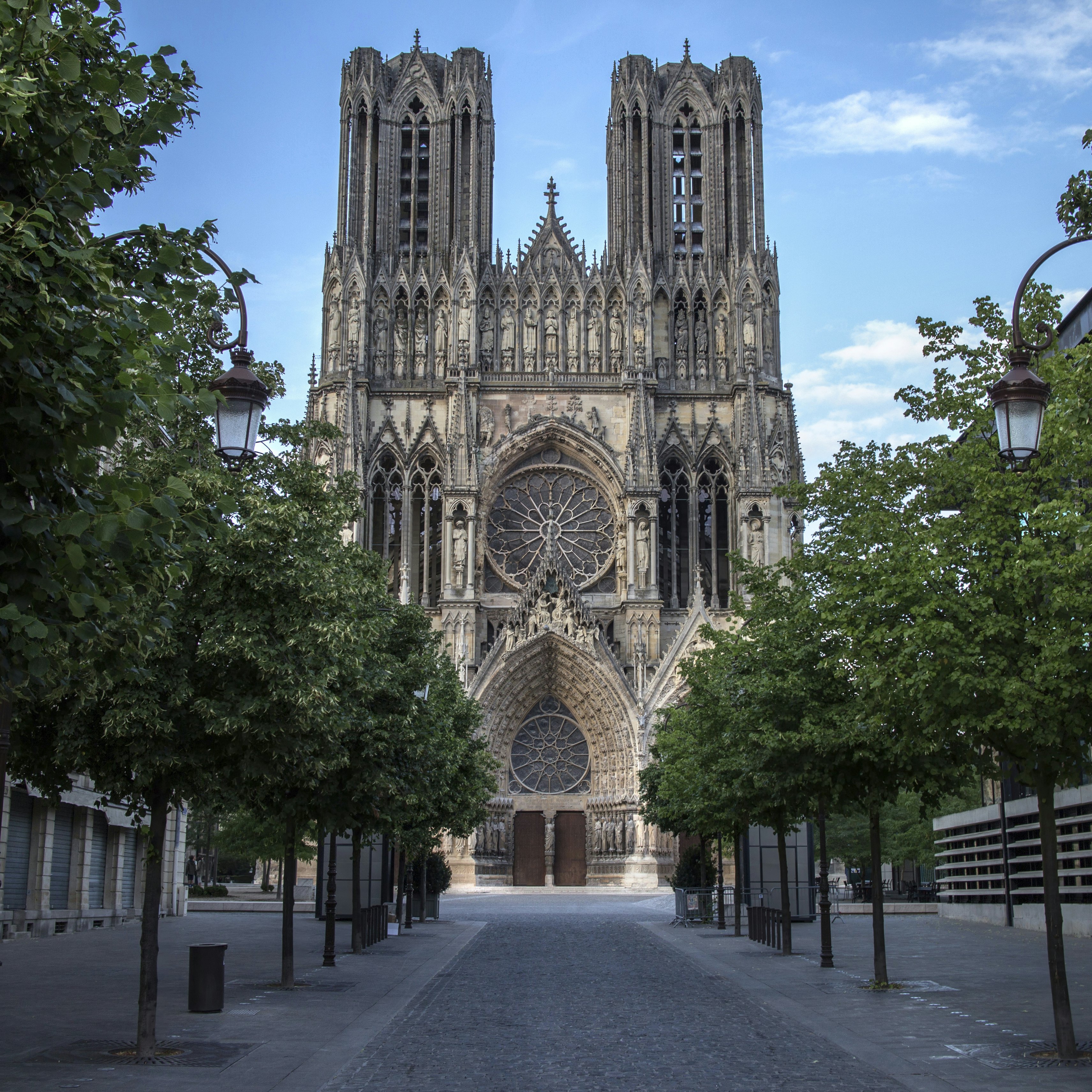
Overview
Champagne arouses the senses: the eyes feast on vines parading up hillsides and vertical processions of tiny, sparkling bubbles; the nose breathes in damp soil and the heavenly bouquet of fermentation; the ears rejoice at the clink of glasses and the barely audible fizz; and the palate tingles with every sip. The imagination and the intellect are engaged as Champagne cellar visits reveal the magical processes – governed by the strictest of rules – that transform the world’s most pampered pinot noir, pinot meunier and chardonnay grapes into this Unesco World Heritage–listed region’s most fabled wines.
Leave the planning to a local expert
Experience the real Champagne. Let a local expert handle the planning for you.
Must-see attractions
Planning Tools
Expert guidance to help you plan your trip
Best Things to Do
Experience the best of the French wine region Champagne with this guide to tastings, tours and other things to do.
Read full article
Get a book. Get inspired. Get exploring.
in partnership with getyourguide
















